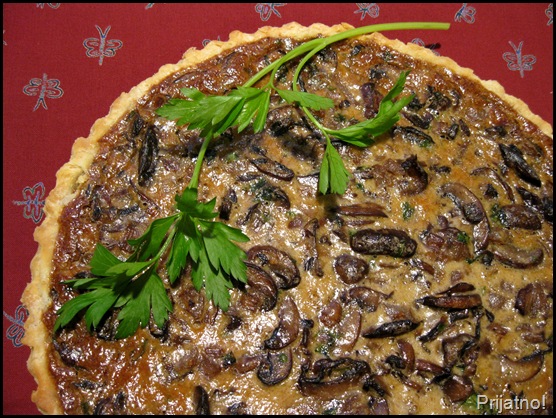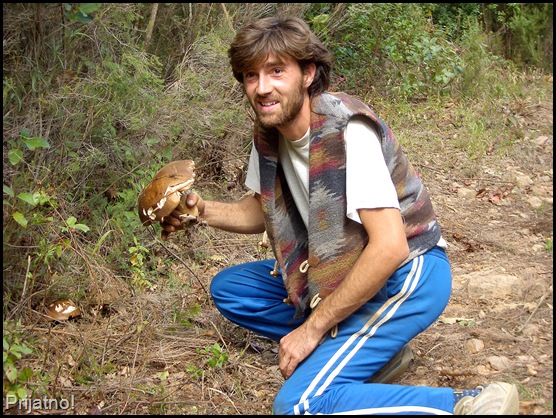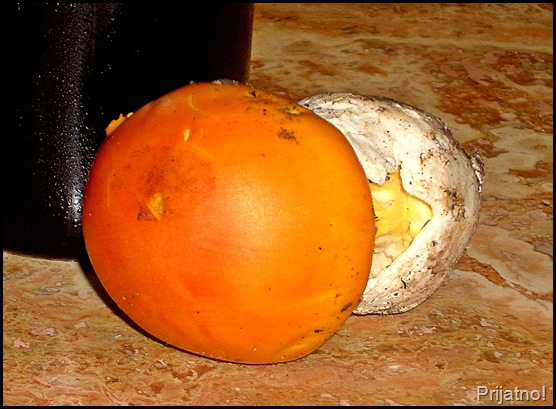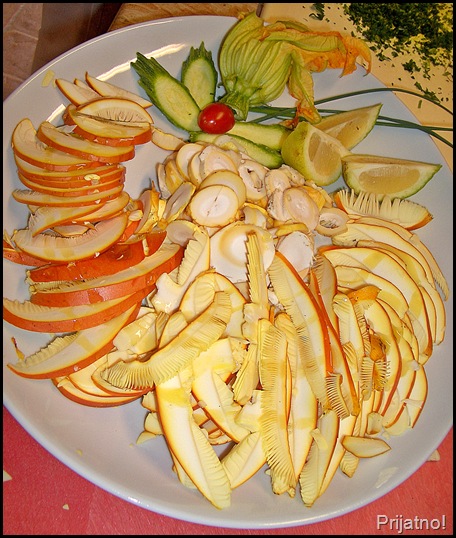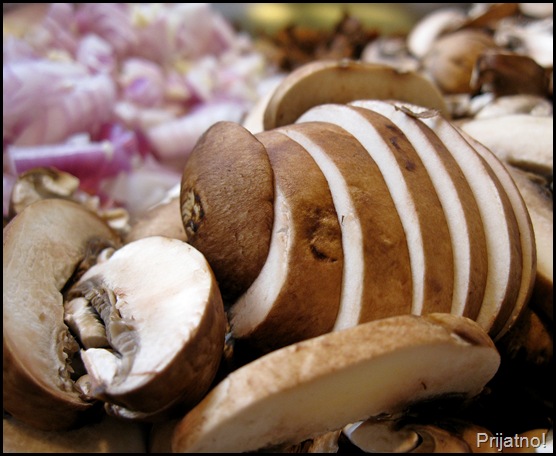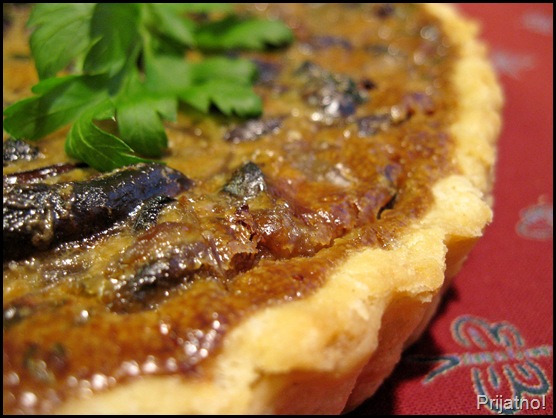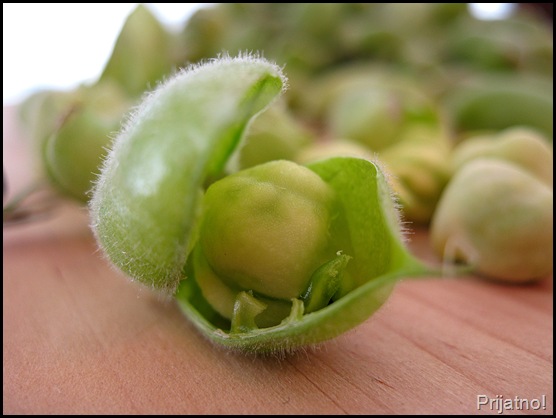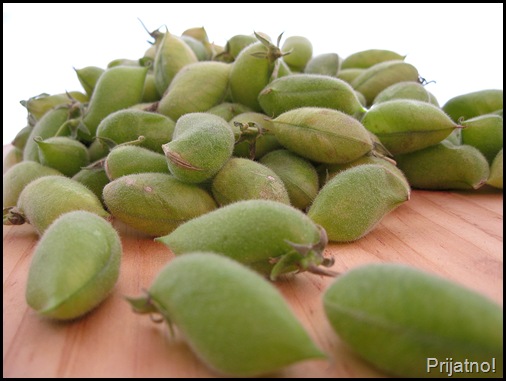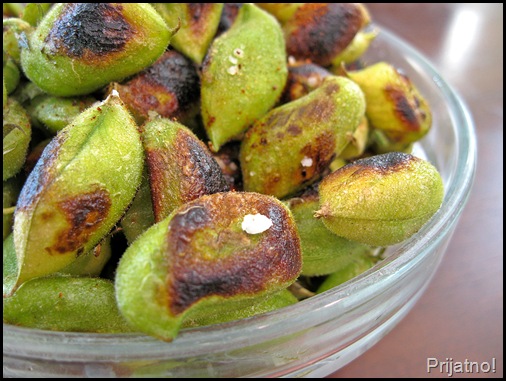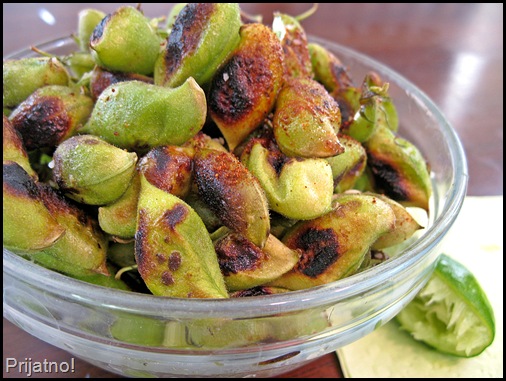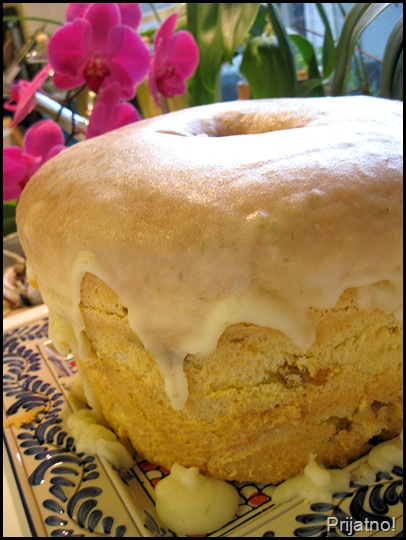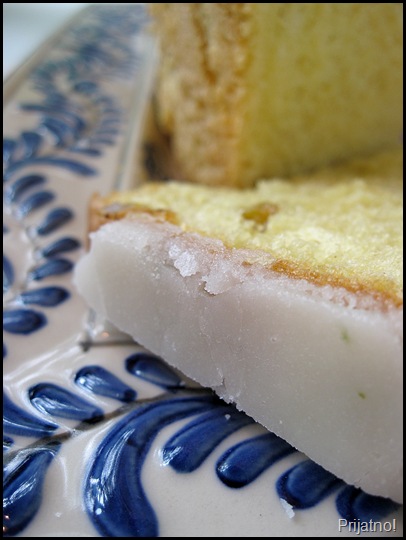In Italy, France, eastern Europe and Russia, foraging for mushrooms in the spring and fall is a national pastime. You know that the season is under way when neighbors behave strangely - avoiding eye-contact while discreetly wandering in the direction of the woods and emerging casually with a bounty neatly tucked out of sight in coat pockets! Similarly, when you see cars parked in disarray on the side of the road, you can be pretty sure that scavengers are secretly searching for mushrooms in the damp woodland areas nearby. Secrecy and protection of the fruitful sites are carried through generations, and it is rude to ask where where the mushrooms were found.
There is a magical quality to mushrooms. I am always amazed at their instant appearance on my lawn after a rainy spell. But because I’m mycophobic (like most of us in America) when surprised by mushrooms that have the potential of being poisonous, I don’t venture to even touch them, let alone consider eating them! In Europe the attitude is decidedly mycophilic and children are taught to identify the edible from the poisonous at an early age. If you are in France and there is any doubt in your mind, you can conveniently take your harvest to a pharmacist - they are all trained to identify them.
During our stay at the amazing Villa Ferraia in Tuscany, my wine group and I were treated to an afternoon of foraging in the cool, humid woods. Amateurs at best, we were accompanied by an expert woodsman who spoke not a word of English and nodded ‘yes’, and ‘no’ to our findings. Stefano is the culinary director at the Villa. Here’s his find – a huge portobello! Mushrooms flourish in humus, the decaying vegetation found on moist soil around trees and under brush.
We were very fortunate to find a few ovoli mushrooms that day! In researching for the name of this bright orange mushroom, I discovered that they are very rare. They have brilliant orange caps and white stems and are very expensive to buy if you are lucky enough to find them at market.
Always eaten raw, they were sliced thinly and wonderful paired with a local Chianti.
Mushrooms can be called the ‘meaty’ vegetable because of their high protein content. They can easily replace meat to balance a meal. In this mushroom tart, I use dried porcini mushrooms and young portobello mushrooms, also known as ‘baby bellas’. A little brandy and salty parmesan to the mix enhance the earthiness of this hearty tart.
Baby bella mushroom tart
Adapted from the Torta Salata recipe in Bologna Mia by Loretta Paganini. Serves 8
Tart dough
2 cups all-purpose flour
1 teaspoon sea salt
8 tablespoons unsalted butter, cubed in 1” pieces and chilled
2 egg yolks
5 tablespoons ice water
Filling
¼ cup dried porcini mushrooms, soaked in hot water to cover for 30 minutes (reserve water after draining)
2 tablespoons olive oil
1 small red onion, finely chopped
2 cloves garlic, minced
2 20 oz packages Baby Bella mushrooms, brushed clean of any dirt, stems removed and thinly sliced
¼ cup brandy
1 - 1½ teaspoons sea salt (to taste)
1 teaspoon freshly ground black pepper
½ teaspoon red pepper flakes
¼ cup chopped fresh parsley
2 large eggs
1 cup whipping cream
½ teaspoon freshly ground white pepper
pinch of freshly ground nutmeg
1/3 cup parmesan cheese, grated
To make the tart dough: Place flour, salt and butter in food processor (or bowl). Pulse (or work quickly with your hands) until the butter is the size of peas. Add egg yolks and ice water and pulse until the mixture forms a mass. If it’s still dry, add more water, one teaspoon at a time. Shape into a flattened ball and wrap in plastic or foil and refrigerate for at least 30 minutes.
Butter a 9” tart pan with a removable bottom. Sprinkle lightly with flour. On a floured counter, roll out the dough to about an 11” circle. Carefully transfer the dough to the tart pan. Pat the dough so that it is snug in the bottom and sides of tart pan and trim the excess from the edge of the pan. Prick the bottom at 1” intervals with the tines of a fork. Chill while you prepare the filling.
To make the filling: Preheat the oven to 400ºF. In a large saucepan, heat the oil. Add the onions, garlic, mushrooms and drained porcini mushrooms. Sauté over high heat for about 10 minutes, or until the vegetables begin to soften. Add the brandy and porcini water and cook over low heat for about 20 minutes and the mixture begins to dry out. Add salt, black pepper, red pepper flakes and parsley and combine. Remove from heat and allow the mixture to cool.
In a small bowl, whisk the eggs, cream, white pepper, nutmeg and parmesan cheese until combined. Add to the cooled mushroom mixture and mix well. Pour the filling into the prepared crust and bake for 35 – 40 minutes, or until deep golden brown on the top.
Cool on a rack and serve warm or at room temperature.

